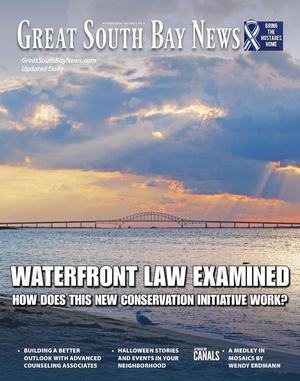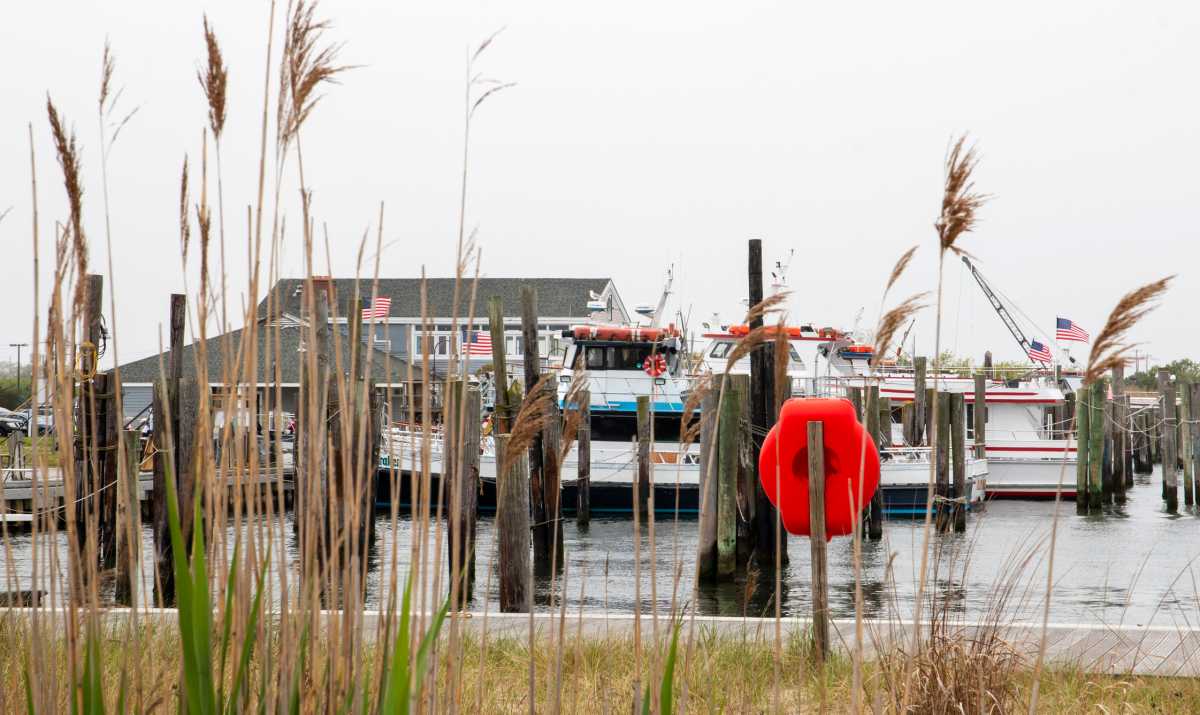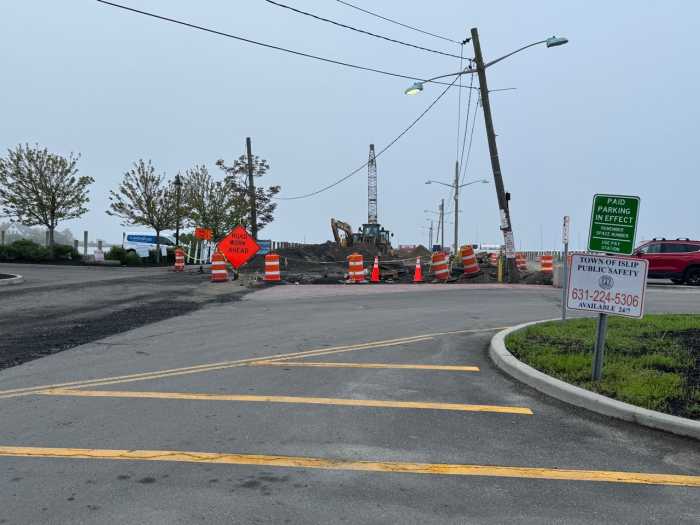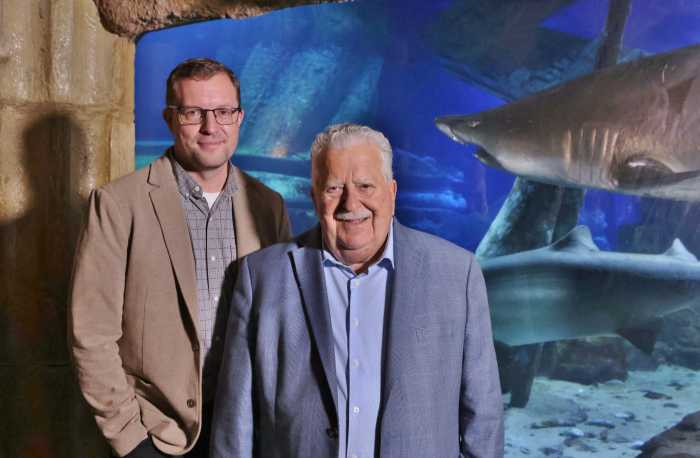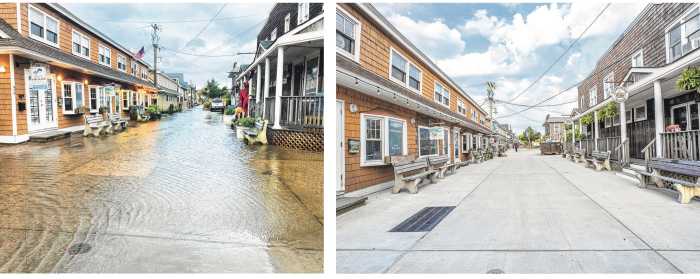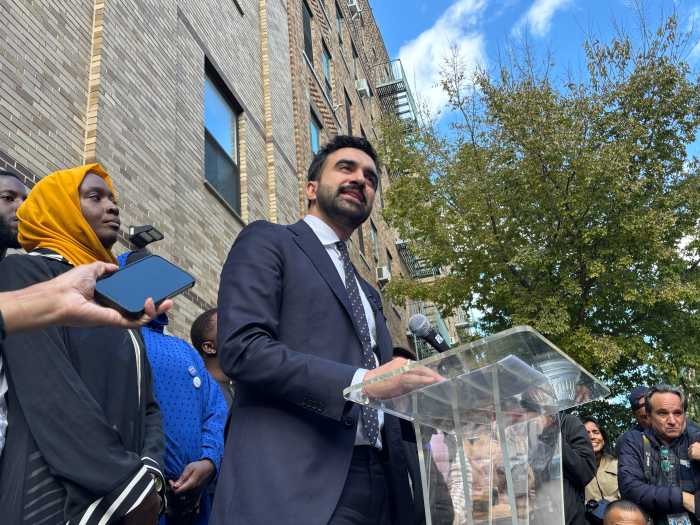A little over 50 years ago, the Suffolk County Farmland Preservation Program was launched based on a first-in-the-nation concept: the sale of “development rights.” Then-Suffolk County Executive John V.N. Klein was pivotal in 1974 to the inception of that program.
This month, the Suffolk County Legislature unanimously passed the “Conservation of Working Waterfronts” bill on Sept. 3. It also involves future development.
For centuries, farming and fishing have been the economic foundation of Suffolk County. Great strides have been made in preserving farming in Suffolk—and in keeping Suffolk among the top agricultural counties in New York State—because of the program.
Passage of the “Conservation of Working Waterfronts” measure, also known as Chapter 25, will keep fishing at that foundation and also provide other benefits to Suffolk’s waterfront.
The bill’s passage “will begin to turn the tide and preserve and protect the character and history of farming and fishing that Suffolk County is steeped in,” said Suffolk Legislator Ann Welker, a Southampton Democrat and co-sponsor of the bill.
Marine industries “are facing development pressures across Suffolk County, and we need to protect them,” said Suffolk Legislator Catherine Stark, a Riverhead Republican and also a co-sponsor of the bill.
The “Conservation of Working Waterfronts” measure states above its title that it was “Introduced by Presiding Officer, on request of the County Executive,” and lists other legislative co-sponsors. County Executive Ed Romaine, a Republican from Center Moriches, has already funded $2.5 million for the program in the coming year through the county’s capital budget, and $9.5 million in total over its first three years.
The measure begins: “This Legislature hereby finds and determines that, to implement the County’s policy of conserving, preserving, and protecting its environmental assets, natural and man-made resources, open spaces, agricultural and waterfront lands, and areas of historical or ecological significance, a process must be established to acquire waterfront conservation easements that support food supply, recreational access, coastal values, and sustainable economic growth.”
“Suffolk County,” it continues, “is home to 2,949 marine-related businesses employing approximately 38,419 people,” translating into “6.1% of the County’s economy…The commercial fishing and shellfish industries are heritage sectors offering economic and cultural value.”
It further says, “the commercial fishing, aquaculture, and maritime industries are facing mounting pressures to sell their real property for development of waterfront properties that would severely limit and call into doubt the continuing availability of working waterfront properties that act as docks, piers, wharves, packhouses, and ice houses enabling commercial fisheries to contribute their important catch to the food supply for the residents of Suffolk County. Additionally, the continuing availability of maritime and marine waterfront properties essential to the historical and cultural environment enjoyed by Long Island residents for charter boat fishing, commercial dock space, and repair and storage facilities face similar pressures.” It concludes under its section on “Legislative Intent” that “the purpose of this local law is to establish a new chapter of the Suffolk County Code to create a formal mechanism for the acquisition of conservation easements by the County of Suffolk specific to working waterfronts, aquaculture, commercial fisheries, and recreational fishing or boating businesses.”
The Suffolk County Farmland Preservation Program works by having owners of agricultural land agree to sell the “development rights” in return for their land remaining in farming in perpetuity.
Under the “Conservation of Working Waterfronts” measure, owners of working waterfront properties would apply to a new 17-member county Working Waterfront Committee to be paid for agreeing to an easement which provides that the waterfront property—also not to be “further developed, built upon, or otherwise changed.”
“Land covered by a conservation easement,” the measure goes on, “may be sold.” But “the terms and conditions of the conservation easement shall constitute covenants that shall run with the land and shall continue in full force and effect during the entire term of the conservation easement. Subject to permitted activities deemed in furtherance of the commercial fisheries businesses, aquaculture businesses, and/or recreational fishing or boating businesses by the Suffolk County Legislature and/or Working Waterfront Committee, a conservation easement may not be alienated by the County except by charter law, subject to mandatory referendum.”
There are teeth in the bill providing penalties for a “violation” of this arrangement. The Suffolk County Department of Economic Development and Planning is empowered to issue instruments that include violation issuance, cease and desist, and restraining orders, as well as civil penalties. A violation is punishable by a civil penalty of up to $5,000 per day, with each day constituting a separate violation. Also, “the County reserves the right to pursue any and all legal and equitable remedies.”
There was unanimous support for the measure at public hearings.
Unlike the Suffolk County Farmland Preservation Program, the Suffolk County “Conservation of Working Waterfronts” initiative is not a first-in-the-nation program. There has been a “Working Waterfront Access Program” in Maine, making use of conservation easements.
As the Maine Coast Fishermen’s Association (MCFA) says online about that program: “Working waterfront has always been a limited resource on the coast of Maine. With intensified gentrification, shifting marine resources, climate change, and amplified pressure on the fishermen and fishing businesses, the future of seafood-based working waterfronts is more in jeopardy than ever. MCFA works with fishermen, partners, and communities to build and deploy tools to better protect and invest in the crucial infrastructure Maine needs for fishing communities to thrive.”
